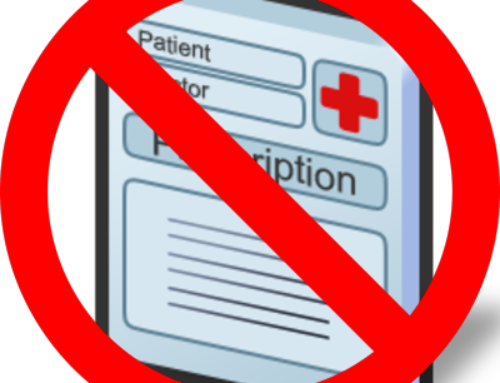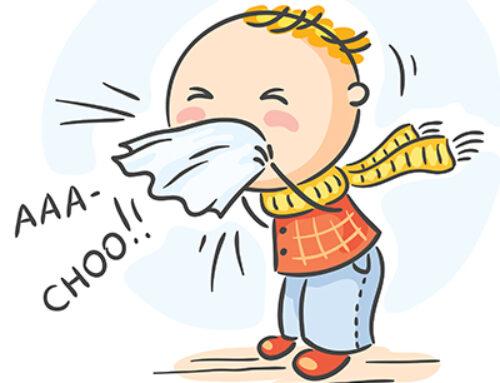What is Fibromyalgia?
Simply stated it is widespread muscle pain and tenderness, but it is much more complex that just that..
- Diagnosis is difficult
- It is very common with more than 3 million US cases per year
- The underlying cause of it is unknown
- Frequency, degree and location of pain vary from day to day
- Medical Treatment is focused on managing the symptoms
People may experience:
- Pain areas: in the muscles, abdomen, back, or neck
- Pain types: can be chronic, diffuse, sharp, or severe
- Pain circumstances: can occur at night
- Gastrointestinal: constipation, nausea, or passing excessive amounts of gas
- Whole body: fatigue, feeling tired, or malaise
- Muscular: muscle tenderness, delayed onset muscle soreness, or muscle spasms
- Sensory: pins and needles, sensitivity to cold, or sensitivity to pain
- Sleep: difficulty falling asleep or sleep disturbances
- Cognitive: forgetfulness or lack of concentration
- Mood: anxiety or mood swings
- Hand: sensation of coldness or tingling
- Also common: depression, flare, headache, irritability, joint stiffness, nervousness, painful menstruation, or tingling feet Self-care
What are some warning signs or precursors to Fibromyalgia?
- Injury, accident, serious illness, persistent cold or flu, “growing pains” after stopped growing
- Previous experience of physical trauma
- 20-50% cases involve a known trigger event
- Psychological Stress
- Immune Or Endocrine Abnormalities
- Biochemical Abnormalities In The Central Nervous System
- Leaky Gut -undigested food gets into the bloodstream and provokes an autoimmune response
Symptoms that often appear with Fibromyalgia:
- Irritable Bowel Syndrome
- Inflammatory Bowel Disease
- Allergies
- Headaches
- Arthritis
- PMS
- Hypothyroidism
- Carpal Tunnel Syndrome
- Lupus
- Restless Leg Syndrome
- MS
Food additives to avoid:
- BHT
- BHA
- Caffeine
- Aspartame
- MSG
- Phosphates
- Sorbate
- Sulfites
What are my treatment options?
Physical exercise: Aerobic activity for 20-30 minutes 5 days a week improves cardiovascular health. If injured, pursuing an activity that avoids the injured muscle group or joint can help maintain physical function while recovering.
- An essential component of any Fibromyalgia treatment program
- Create a basic fitness program
- Set a realistic goal
- Start slowly and build your way up
- Keep it simple and DON’T OVER-DO IT
Stress management: Pursuing an enjoyable activity or verbalizing frustration to reduce stress and improve mental health.
Relaxation techniques: Deep breathing, meditation, yoga, rhythmic exercise, and other activities that reduce symptoms of stress
Therapies Support group: A forum for counseling and sharing experiences among people with a similar condition or goal, such as depression or weight loss.
Biofeedback: Controlling the body’s heartbeat, brainwaves, breathing, and blood pressure by monitoring them with sensors.
Cognitive behavioral therapy: A talk therapy focused on modifying negative thoughts, behaviors, and emotional responses associated with psychological distress.
Hydrotherapy: Using water to relieve pain, treat diseases, and maintain health. For example, mineral baths and hot tubs.
Chiropractic treatment techniques: Adjusting the spine and massaging the back muscles to relieve pain.
- Frederick Wolfe, is a clinical professor, Department of Medicine, University of Kansas School of Medicine, is a respected rheumatologist and a well-known investigator of fibromyalgia points out that chiropractic treatment helps FM patients
- Wolfe wrote “In our current series, we interviewed 81 FM patients and 81 control patients using a structured questionaire. We asked patients to indicate if a drug or treatment had reduced their pain…
- Of interest is that chiropractic treatment scored among the most effective measures”
Stretching: Stretching exercises can improve flexibility and improve physical function.
Graded exercise therapy: Physical exercise that starts very slowly and gradually increases over time.
Massage: Relaxes tense muscles.
Acupuncture: Insertion of needles into specific points on the body to relieve pain and treat other conditions. A form of traditional Chinese medicine.
Medications
- Selective Serotonin Reuptake Inhibitor (SSRI): Eases symptoms of depressed mood and anxiety. Sertraline (Zoloft) Fluoxetine (Prozac, Sarafem, and Prozac Weekly) Paroxetine (Paxil, Pexeva, and Paxil CR)
- Analgesic: Relieves pain. Acetaminophen (Tylenol, Mapap, Feverall, Acephen, and Nortemp)
- Nonsteroidal anti-Inflammatory drug: Relieves pain, decreases inflammation, and reduces fever. Naproxen (Aleve, Naprosyn, Ec-Naprosyn, Midol (naproxen), and Mediproxen)
- Nerve pain medication: Blocks pain caused by damaged nerves. Gabapentin (Neurontin, Gralise, Horizant, SmartRx Gaba-V Kit, and Gralise 30-Day Starter Pack) Venlafaxine (Effexor XR) Duloxetine (Cymbalta and Irenka) Amitriptyline Pregabalin (Lyrica) Milnacipran (Savella)
- Muscle relaxant: Reduces muscle tension and helps relieve muscle pain and discomfort. Cyclobenzaprine (Amrix and Fexmid)





